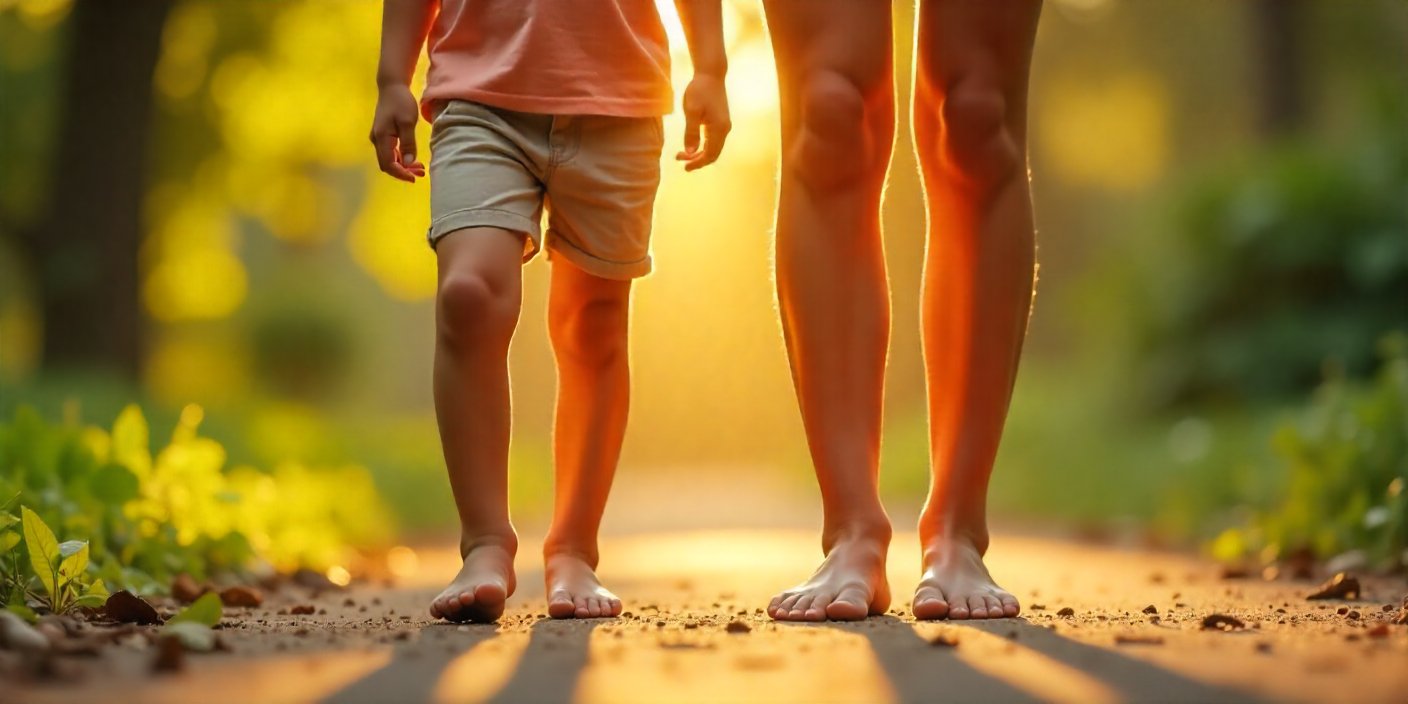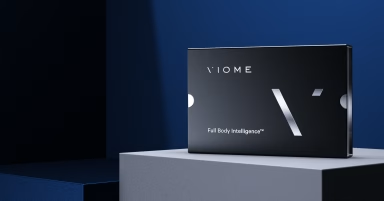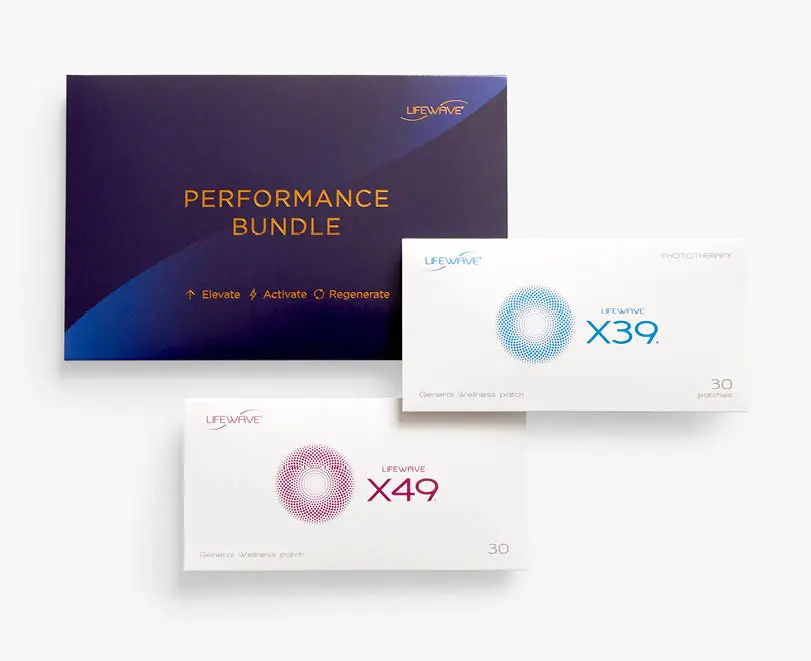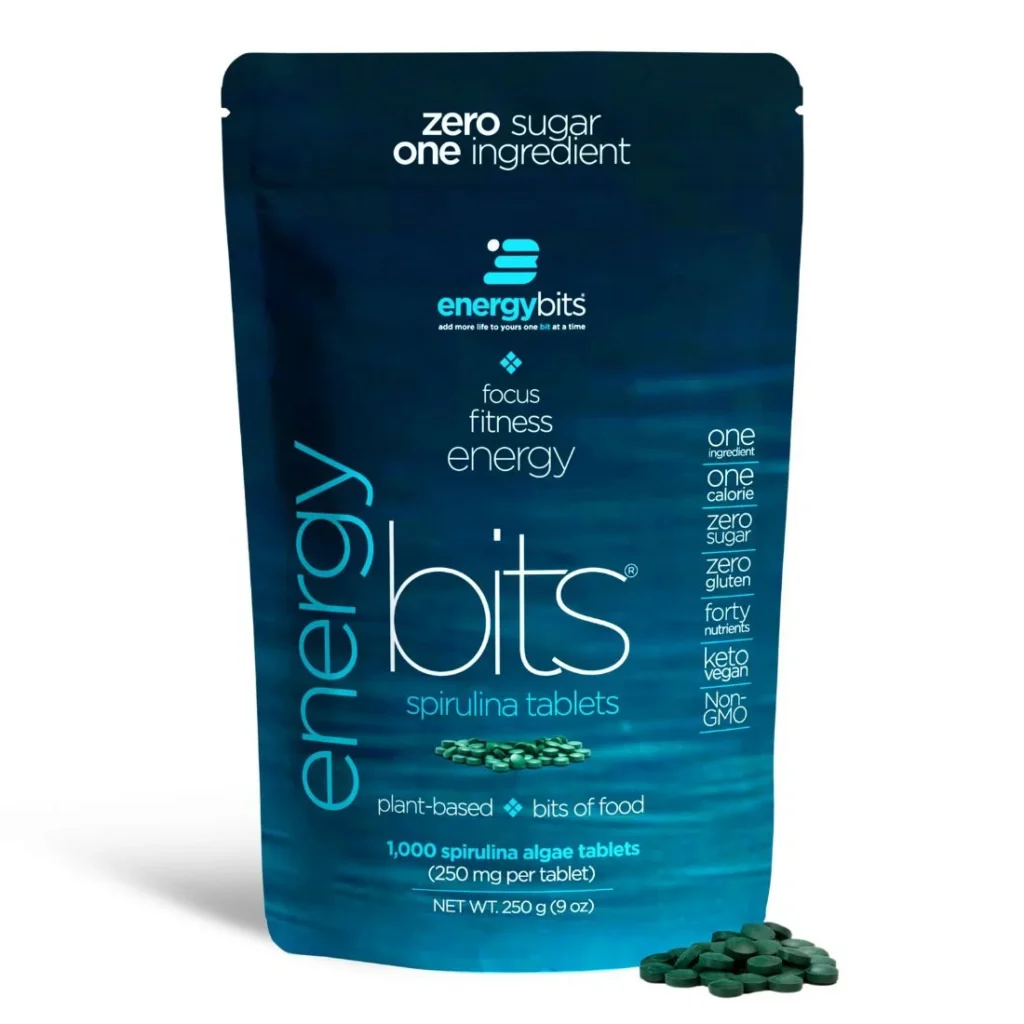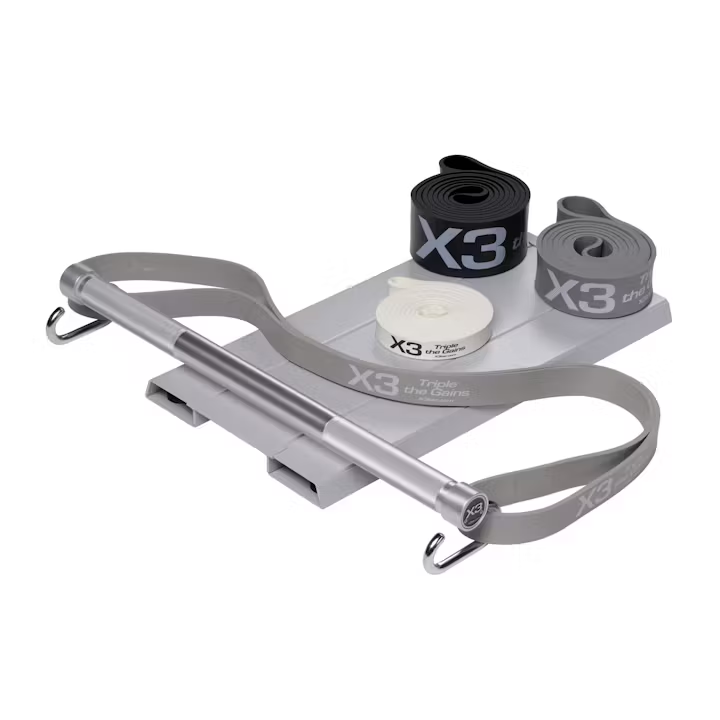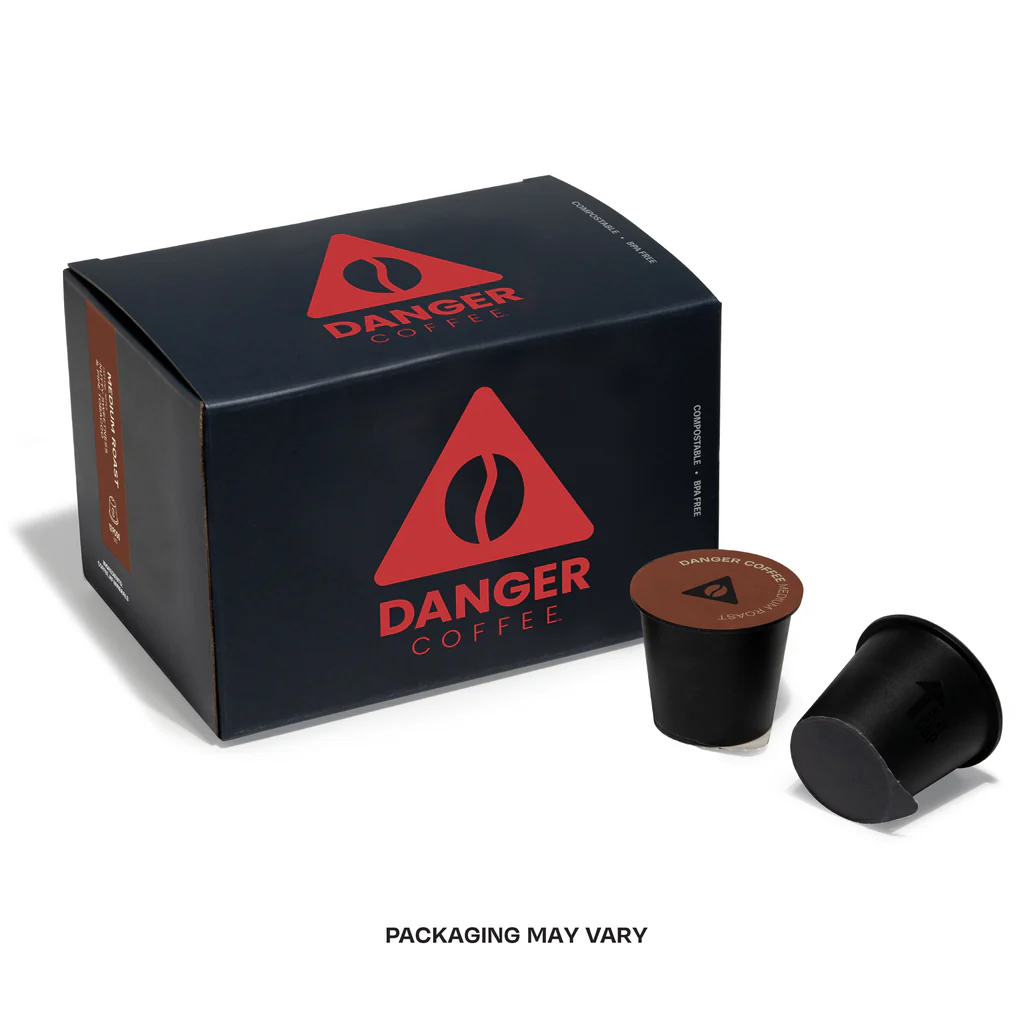Rickets is a bone disorder primarily caused by a deficiency of vitamin D, calcium, or phosphate, leading to soft, weak bones and deformities. While commonly associated with children, adults can also develop a similar condition called osteomalacia.
In this comprehensive we’ll explore:
✔ Causes & symptoms of rickets
✔ How vitamin D & calcium deficiency leads to bone weakness
✔ Free sunlight therapy & dietary hacks
✔ Yoga & exercises for stronger bones
✔ Natural remedies to reverse deficiencies
What Causes Rickets?
Rickets occurs when the body lacks essential nutrients needed for proper bone mineralization. The key culprits include:
Vitamin D Deficiency
- Vitamin D helps the body absorb calcium & phosphorus from food.
- Lack of sunlight exposure (the best natural source of vitamin D).
- Poor dietary intake (fatty fish, eggs, fortified dairy).
Calcium Deficiency
- Even with enough vitamin D, low calcium intake weakens bones.
- Found in dairy, leafy greens, nuts, and seeds.
Phosphate Deficiency
- Phosphate works with calcium to build strong bones.
- Kidney disorders or genetic conditions can disrupt phosphate absorption.
Genetic Factors
- Rare hereditary forms (e.g., X-linked hypophosphatemia) affect phosphate regulation.
Malabsorption Issues
Conditions like celiac disease, Crohn’s, or lactose intolerance hinder nutrient absorption.
Symptoms of Rickets in Children & Adults
In Children:
- Delayed growth & short stature
- Bowlegs or knock-knees (leg deformities)
- Thickened wrists & ankles
- Soft skull bones (craniotabes)
- Dental problems (weak enamel, delayed teeth formation)
- Muscle weakness & pain
In Adults (Osteomalacia):
- Bone pain & tenderness (especially hips, lower back)
- Muscle weakness
- Fractures from minor injuries
- Difficulty walking or climbing stairs
How Vitamin D & Calcium Deficiency Leads to Rickets
- Without enough vitamin D, the intestines can’t absorb calcium efficiently.
- Low calcium forces the body to leach minerals from bones, weakening them.
- Phosphate levels drop, further impairing bone hardening.
Over time, bones become soft, bend, or deform—especially in weight-bearing areas.
Natural Remedies & Prevention Strategies
Free Sunlight Therapy (Best Source of Vitamin D!)
- Expose skin to sunlight for 10–30 mins daily (before 10 AM or after 4 PM).
- Darker skin? You may need more sun exposure due to higher melanin.
Vitamin D & Calcium-Rich Diet
| Food | Benefits |
| Fatty fish (salmon, mackerel) | High in vitamin D |
| Egg yolks | Natural vitamin D source |
| Fortified milk & cereals | Boosts calcium & vitamin D |
| Leafy greens (kale, spinach) | Rich in calcium |
| Almonds & sesame seeds | Good calcium sources |
Yoga & Exercises for Bone Strength
- Weight-bearing poses like Tadasana (Mountain Pose), Virabhadrasana (Warrior Pose) improve bone density.
- Walking, jogging, or resistance training stimulate bone growth.
Supplements (If Diet & Sun Aren’t Enough)
- Vitamin D3: 1000–4000 IU/day – Consult a doctor for dosage.
Calcium: 500–1200 mg/day – Take with vitamin D for absorption.
When to Seek Professional Help?
If symptoms persist despite lifestyle changes, consult a healthcare provider for:
✔ Blood tests (vitamin D, calcium, phosphate levels)
✔ Bone density scans (for severe cases)
✔ Personalized treatment plans
For expert on nutrition, bone health, and holistic wellness, consider booking a consultation for tailored advice.
Final Thoughts
Rickets is preventable and treatable with the right nutrients and lifestyle changes. Sunlight, a balanced diet, and weight-bearing exercises can restore bone health naturally.
Need more support? Explore our wellness resources for in-depth on strengthening your bones and overall health.

